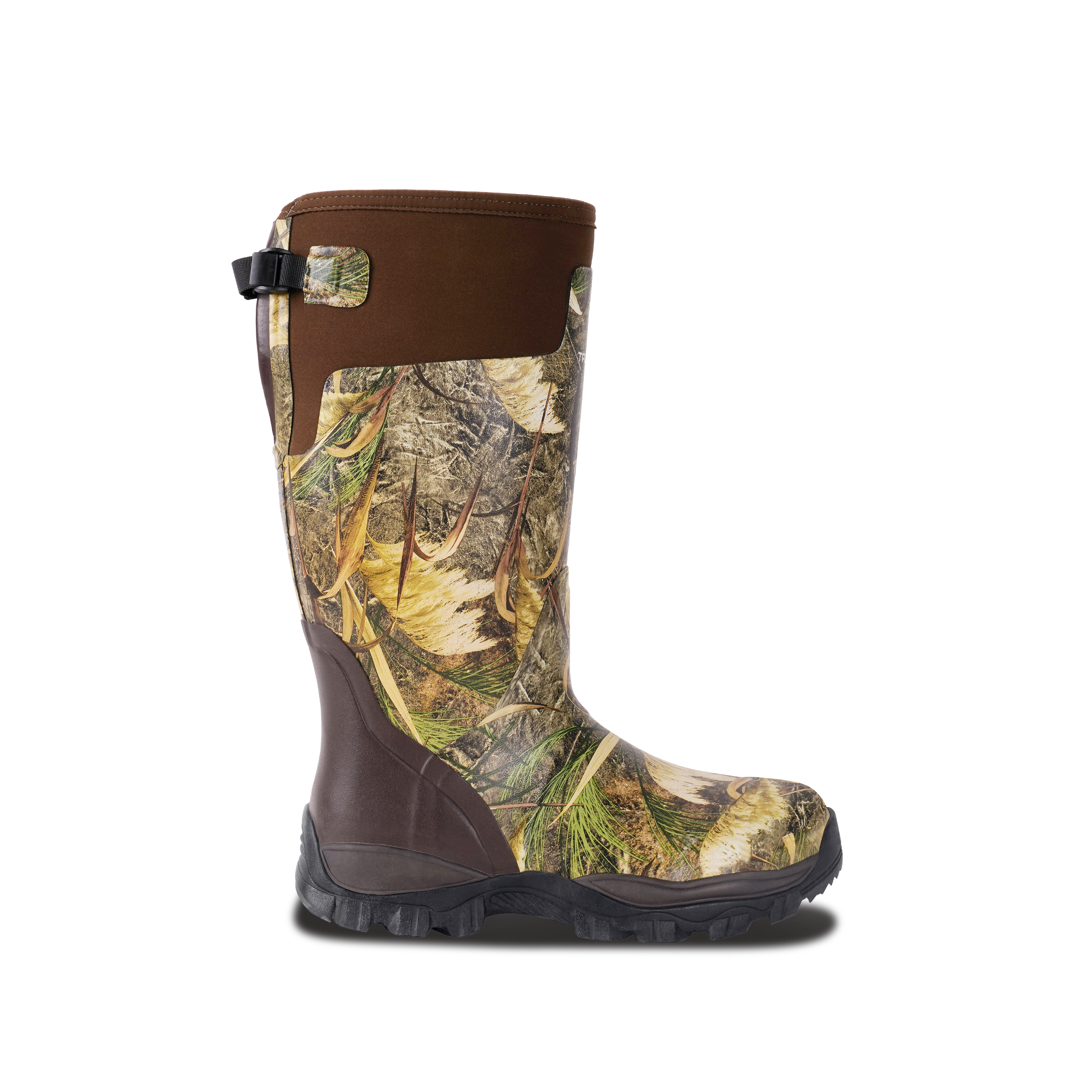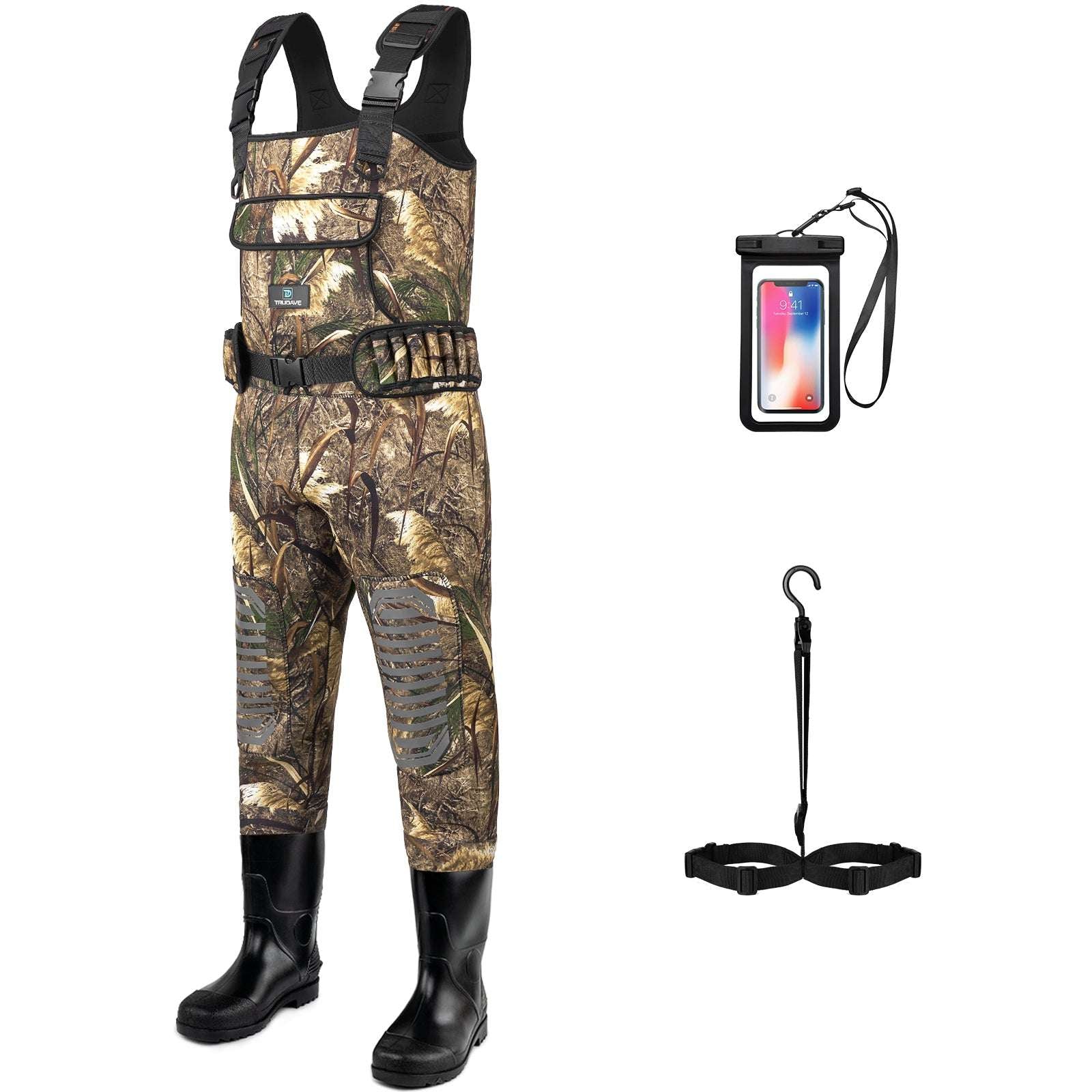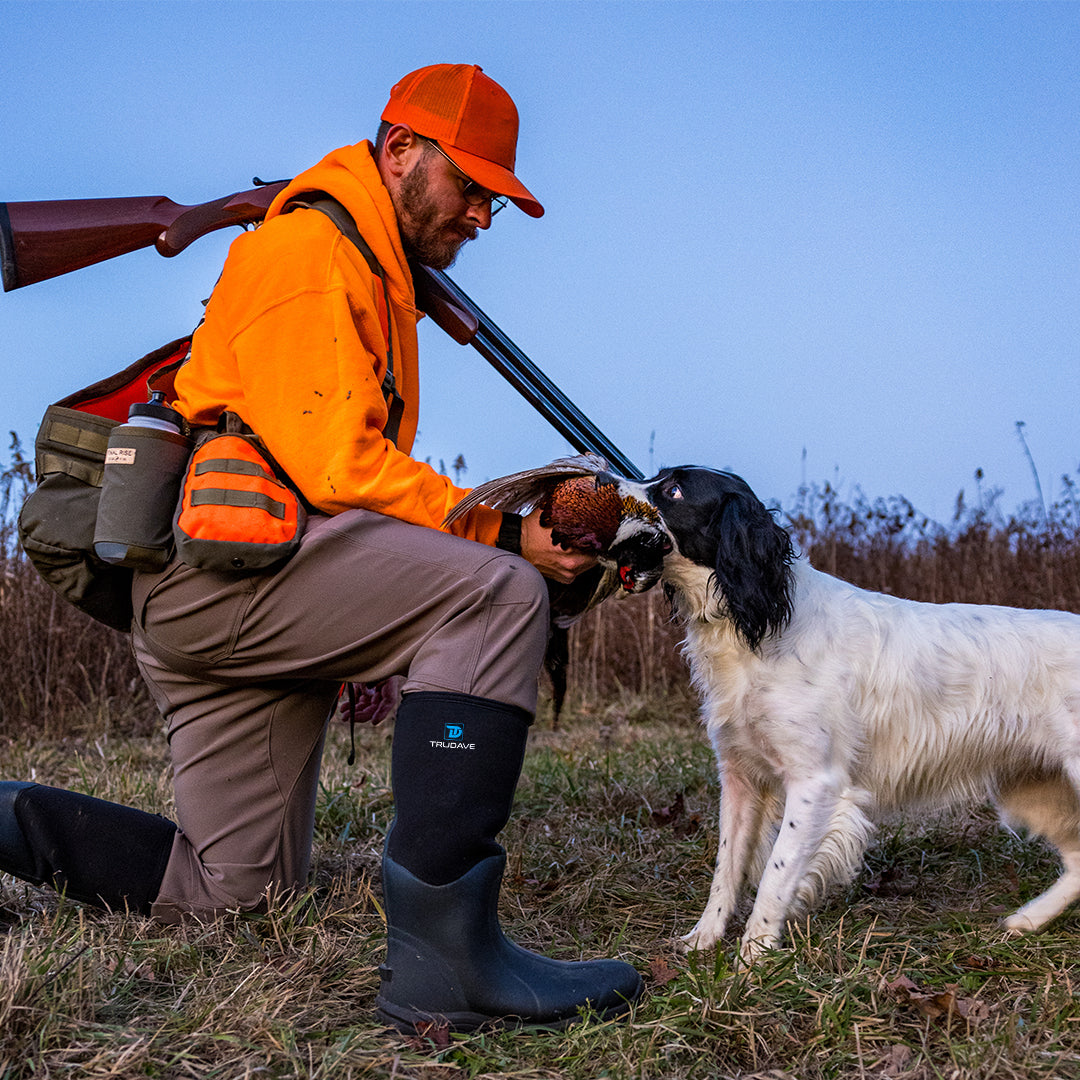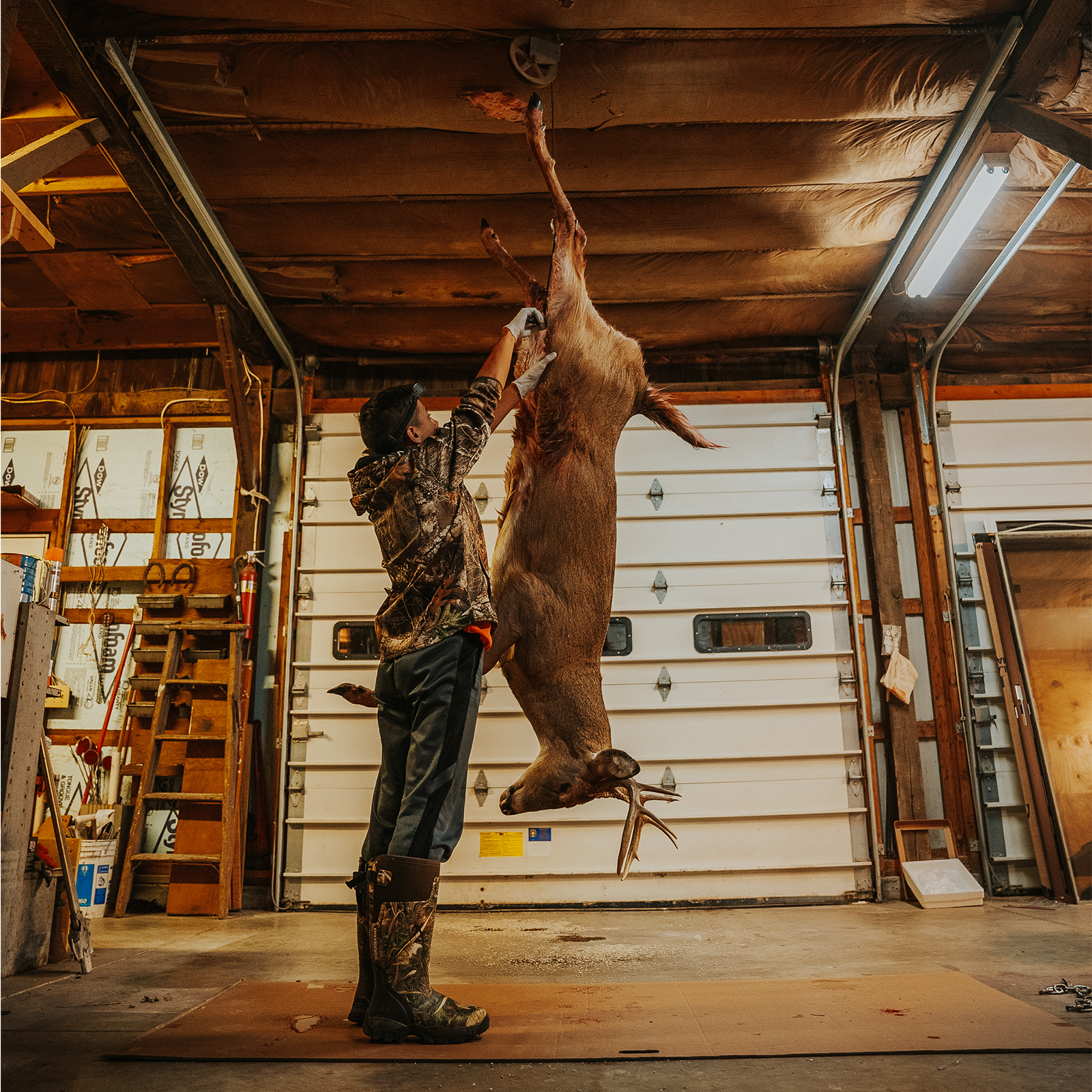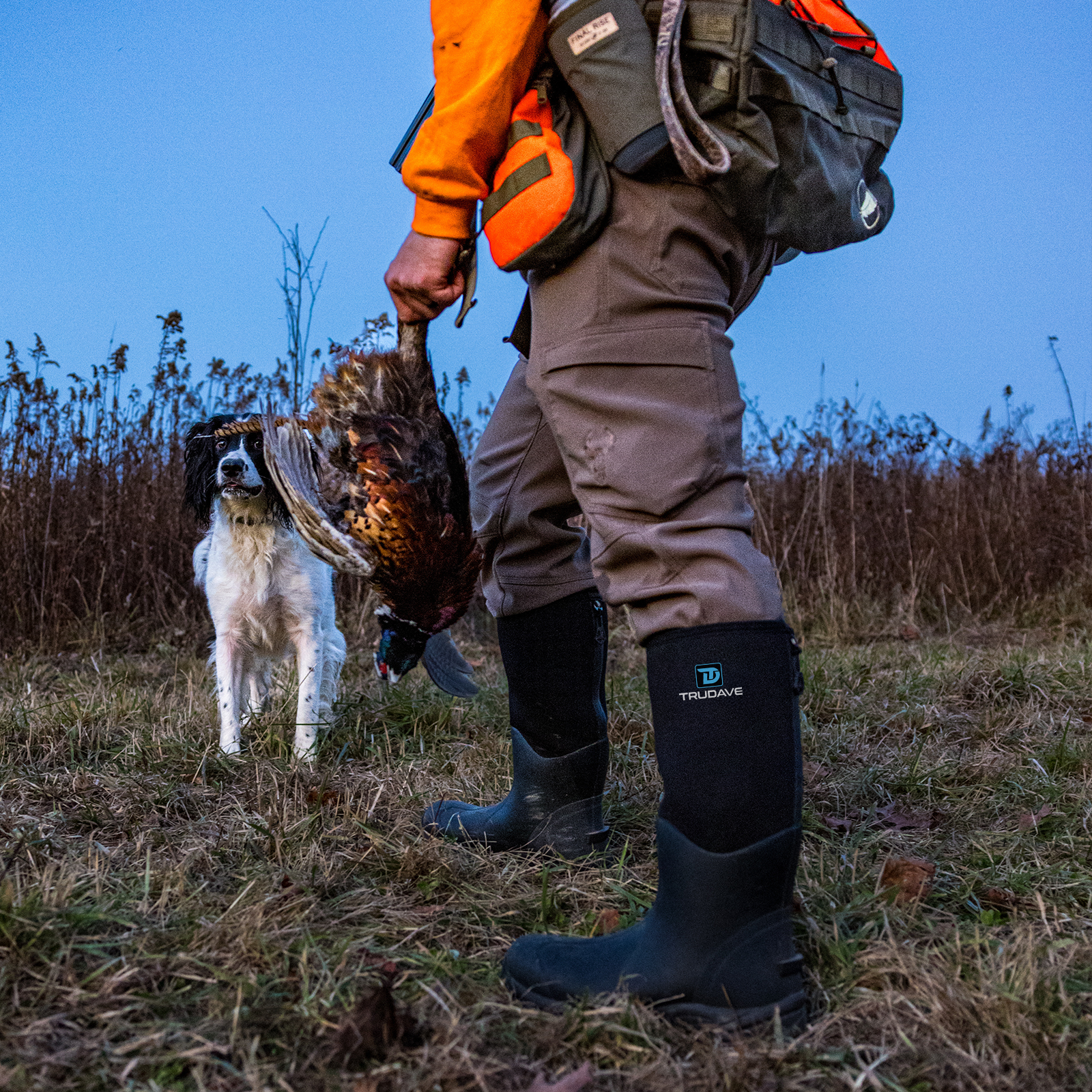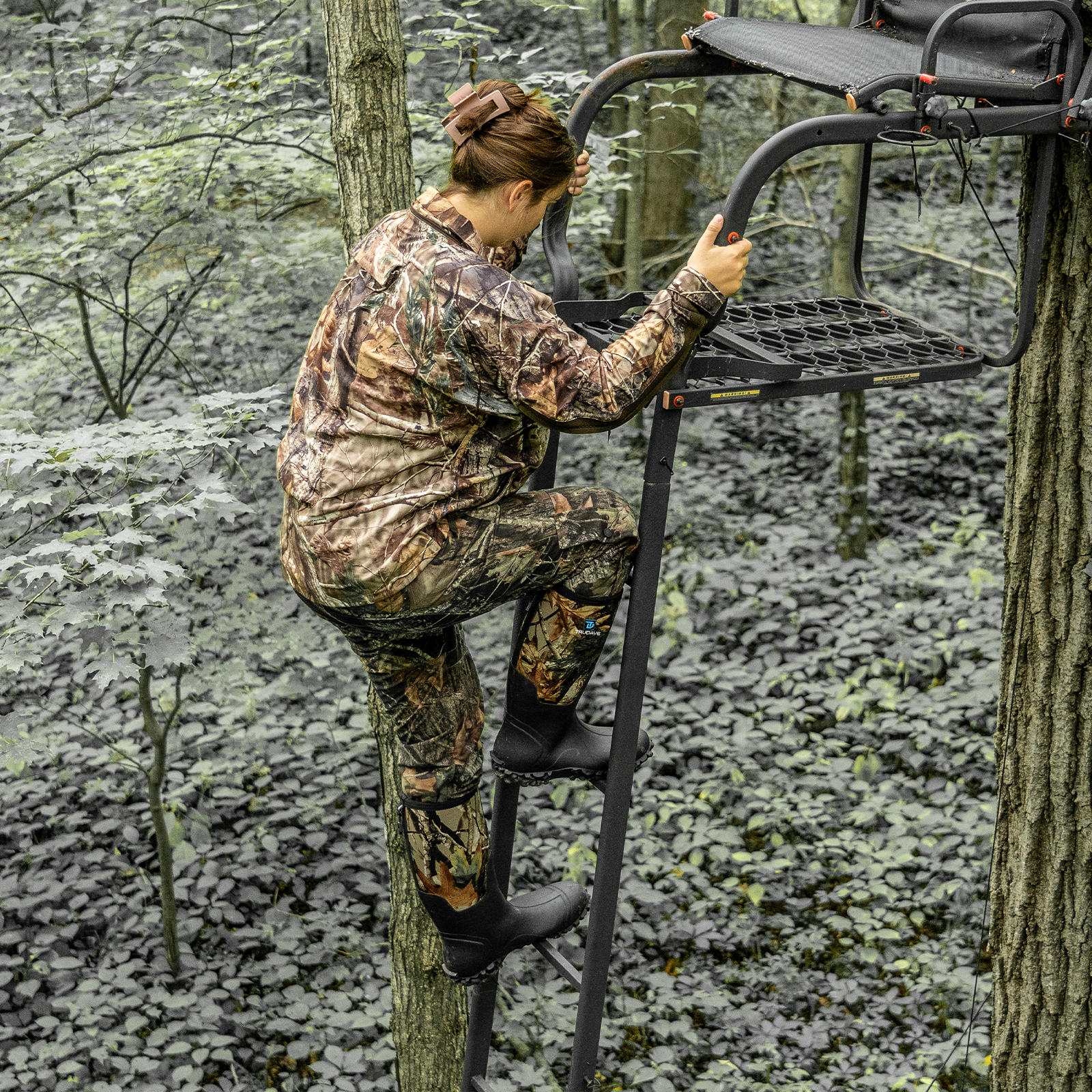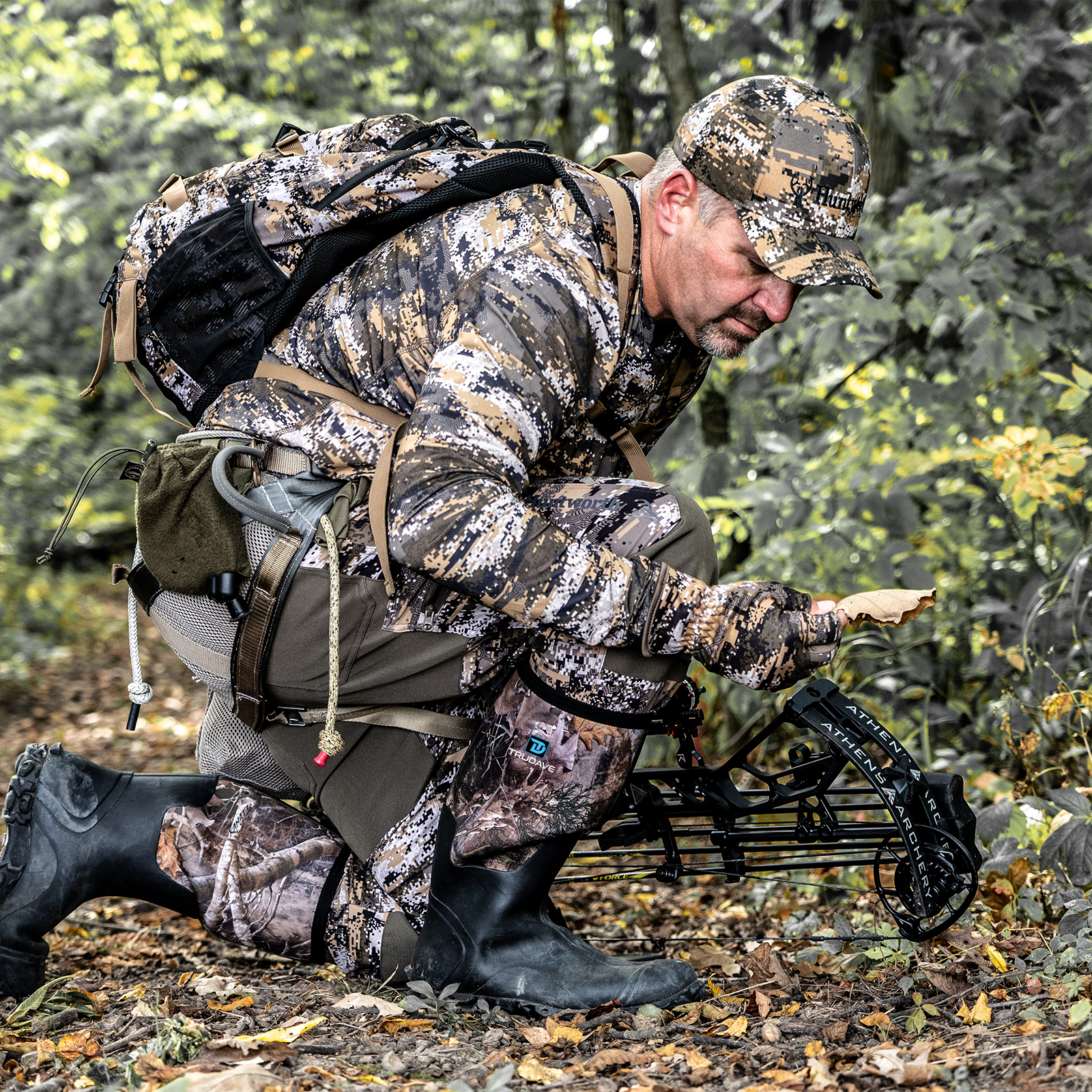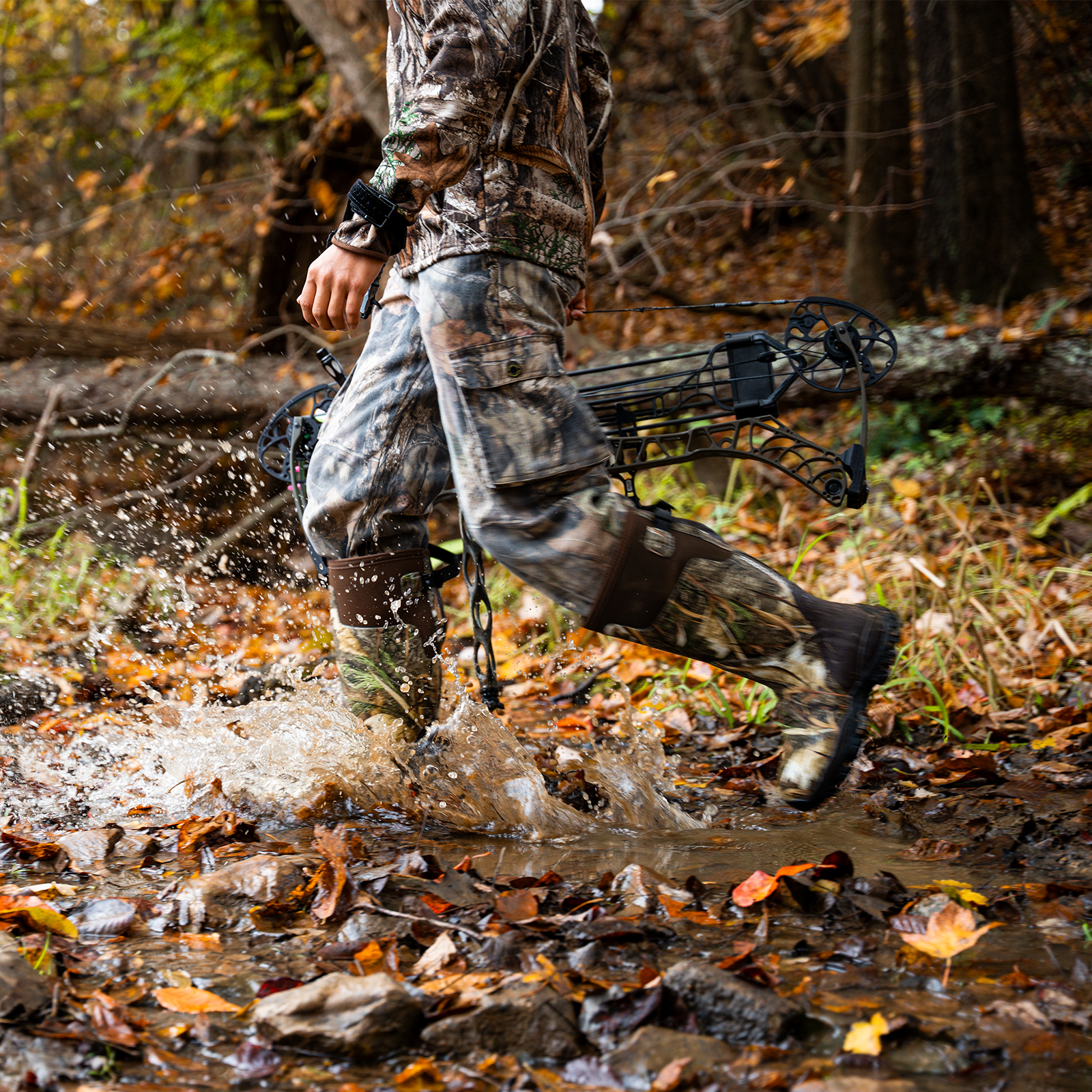This article is edited by Trudave. With years of expertise in waterproof apparel and footwear, Trudave aims to provide impartial and professional advice on selecting hunting gear for different seasons. Please note that this article does not feature Trudave products, but if you find it helpful, we would appreciate your support! Visit our official website: https://trudavegear.com.
The 7-Day Deer Rule: Understanding One of the Most Reliable Patterns in Whitetail Hunting
Among experienced whitetail hunters, few ideas spark as much discussion as the “7-Day Rule.”
It’s not a written law or a biological constant, but rather an observation born from years of field experience: mature bucks tend to reappear in the same locations during roughly the same week each year.
What Is the 7-Day Deer Rule?
The concept is straightforward.
A mature buck often revisits a specific area—such as a scrape line, travel corridor, or feeding zone—within a seven-day window of when he was last there in a previous season.
If a camera captured him checking a scrape on November 10 last year, there’s a strong chance he’ll pass through again between November 7 and 13 this year. It’s as if deer follow an internal calendar aligned with the natural rhythm of the rut.
This pattern, when supported by trail camera data and consistent scouting, can help hunters narrow down the most productive time frames for stand placement and observation.
Why It Happens
The 7-Day Rule is not coincidence. It reflects several natural and behavioral factors that influence mature buck movement.
1. Photoperiod and Hormonal Cycles
Whitetails respond strongly to changes in daylight length. As days shorten in autumn, hormonal shifts trigger the rut and drive bucks to begin searching for does. Because these daylight patterns are nearly identical each year, the timing of rut activity remains consistent within a region.
2. Safe and Familiar Travel Routes
Older bucks survive by minimizing risk. Once they identify a safe travel corridor—perhaps along a ridge, a creek line, or a wind-protected edge—they tend to reuse it annually, provided the environment and hunting pressure remain stable.
3. Learned Behavior and Memory
Deer possess a strong spatial memory. A buck that used a particular bedding area, crossing, or scrape successfully in previous years is likely to return to it when similar conditions occur again. Familiarity breeds security.
4. Environmental Stability
The rule applies best when an area’s landscape and human activity remain consistent. Excessive disturbance, habitat changes, or new hunting pressure can disrupt long-standing patterns.
Applying the 7-Day Rule in the Field
To use the 7-Day Rule effectively, hunters need patience, record keeping, and discipline.
1. Collect Long-Term Data
Keep notes or digital logs of every buck sighting or camera photo, including the exact date, time, weather, and wind direction.
2. Compare Year to Year
Review past seasons’ activity. Look for clusters of dates that repeat. When a pattern forms, circle that same week on your calendar for this season.
3. Maintain Low Pressure
Avoid over-scouting or entering your stand area too early. Human scent and intrusion can easily alter a buck’s routine.
4. Hunt the Window
When your identified week arrives, commit to hunting those days seriously. Conditions may vary, but timing often outweighs short-term weather factors.
5. Verify and Adjust
If conditions or food sources change, monitor how deer respond and refine your pattern accordingly. The rule is a guide, not a guarantee.
Real-World Example
In southern Illinois, one hunter documented a large eight-point buck for three consecutive years using trail cameras.
Each year, the deer appeared along the same ridgeline between November 9 and 12. On the fourth year, the hunter planned his vacation around that period. At sunrise on November 10, the buck followed the same path and was successfully harvested.
It wasn’t luck. It was consistency—both from the deer and the hunter.
Limitations of the Rule
While the 7-Day Rule has proven effective in many regions, it’s not absolute. Several variables can disrupt or shift deer movement:
-
Significant hunting pressure or human disturbance
-
Drastic habitat changes (logging, flooding, construction)
-
Altered food availability
-
Extreme weather patterns
-
New bucks taking over a territory
For that reason, the rule should be viewed as a probability tool, not a promise.
Final Thoughts
The 7-Day Deer Rule stands as one of the most practical frameworks for understanding mature buck behavior.
It blends tradition, observation, and data into a simple, actionable insight:
Bucks are creatures of habit—especially when left undisturbed.
If you’ve kept reliable records of trail cam activity or consistent stand sightings, study those dates carefully. You might find your own seven-day window where history has a habit of repeating itself.
Year after year, patient hunters prove that success often comes not from luck, but from learning a buck’s schedule—and being in the woods when his clock says it’s time to move.
Built for hunters, made for legends — grab your Trudave gear and chase what sets your soul on fire.
Explore the wild. Own your season.


Authoritative Resources
If you'd like to learn more about hunting gear, outdoor activity safety, or related information, you can visit the following authoritative websites:
- National Rifle Association (NRA): https://www.nra.org/
- Outdoor Industry Association: https://outdoorindustry.org/
- Bureau of Land Management (BLM): https://www.blm.gov/
- Wildlife Conservation Society: https://www.wcs.org/
Additionally, if you're looking for high-quality waterproof gear, be sure to check out Trudave’s official website to explore our curated selection of products designed to keep you dry and comfortable during any outdoor adventure.
Thank you for reading and supporting us. We hope you have an extraordinary experience on every outdoor adventure you embark on!




